Armenia and Azerbaijan
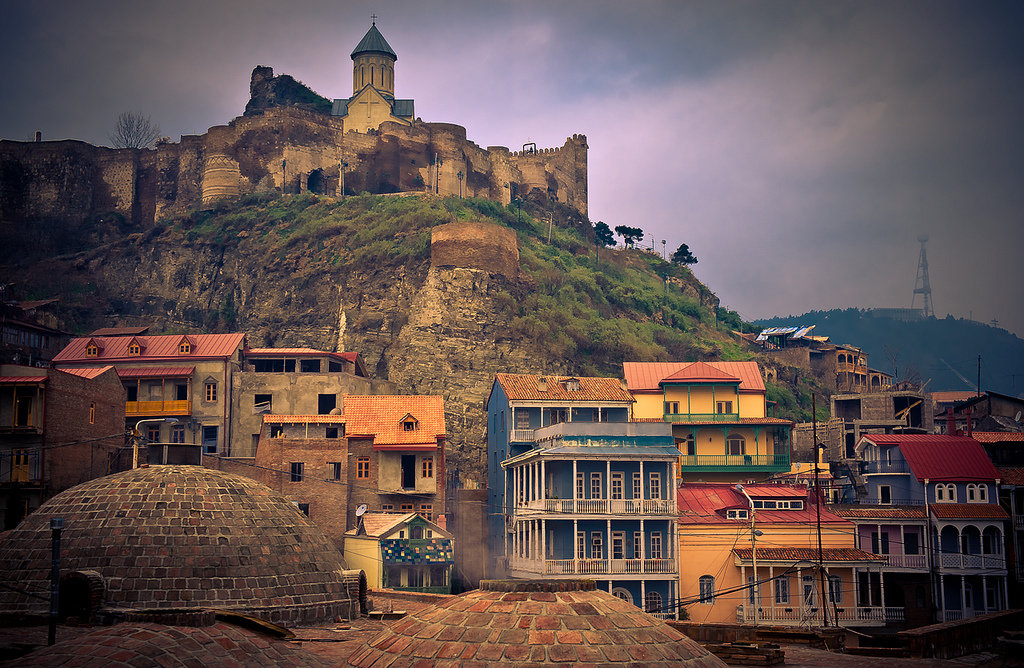
The Republic of Armenia and the Azerbaijan Republic were constituent members of the Soviet Union until its collapse in 1991 when the former became the Republic of Armenia and the latter the Azerbaijani Republic.
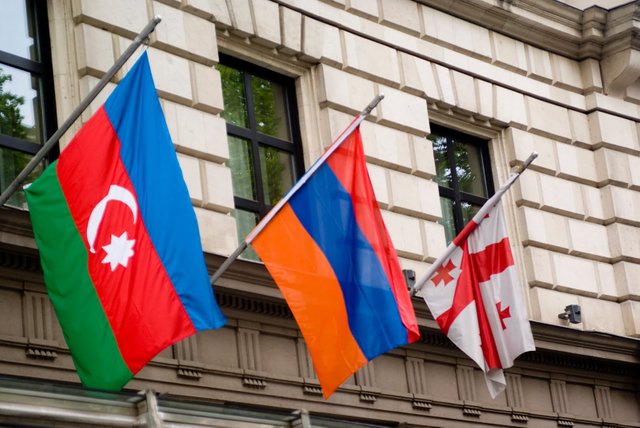
One of the earliest Christian civilisations, its first churches were founded in the fourth century. In later centuries, it frequently oscillated between Byzantine, Persian, Mongol or Turkish control, as well as periods of independence.
Armenia, as a part of the Soviet Union, saw a considerable period of peace. However, the intelligentsia of the area had suffered greatly during the rule of Joseph Stalin, with tens of thousands of Armenians being executed or deported. The tensions eased with the death of Stalin and the emergence of Nikita Khrushchev.
The next 25 years saw rising standards of living, with improvements in education and health care. Many of those exiled were also able to return. From the 1970s Western tourists started to visit Yerevan and some other parts of Armenia. With glasnost during the 1980s, the situation improved considerably.
Similarly, in Azerbaijan, there was suffering under Stalin, with some Azerbaijanis having supported the Germans during World War II. This also led to mass executions and deportations. During the 1950s Azerbaijan was transformed with the enlarging of the oil industry. This continued throughout the 1960s and helped provide money for an increase in civil engineering projects and infrastructure.
In 1988 the governing council of Karabakh, officially the Nagorno-Karabakh Autonomous Oblast, an enclave in Azerbaijan with 180,000 people, voted for unification with Armenia. Azerbaijanis, largely Shi’ite Muslims, then attacked the predominantly Christian Armenians at the Azerbaijani town of Sumgait.
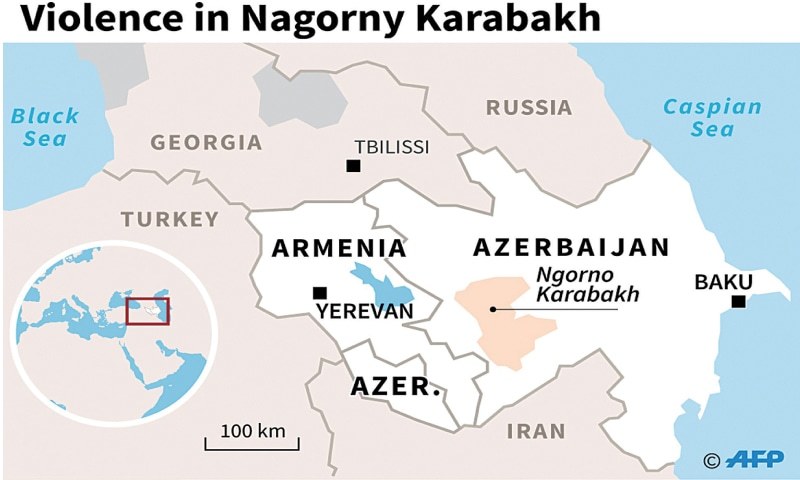
There was an upsurge in nationalist sentiment in both republics, with 250,000 Azerbaijanis living in Armenia and 500,000 Armenians in Azerbaijan at the start of the dispute. Many of these fled, and to make the situation worse still, in December 1998, an earthquake hit northern Armenia, destroying most of the town of Spitak, and also hitting Leninakan and Kirovakan, killing 25,000 and leaving 500,000 homeless.
With a rise in Azerbaijani nationalism in 1989, the local government started blockading Nagorno-Karabakh and Armenia. In January 1990 the border between Nakhichevan and Iranian Azerbaijan was torn down, and Armenians in Baku, Azerbaijan’s capital, were massacred. With weapons stolen from army bases and depots, Armenian and Azerbaijani militia were soon fighting each other.
The Soviet army was sent in and managed to fight its way into Baku, with hundreds dying. The Communists won the elections for the Azerbaijan Supreme Soviet (parliament) in 1990, and on August 30, 1991, Azerbaijan declared independence. Armenia followed suit on September 23. Full independence came about on December 25, with the formal dissolution of the Soviet Union.
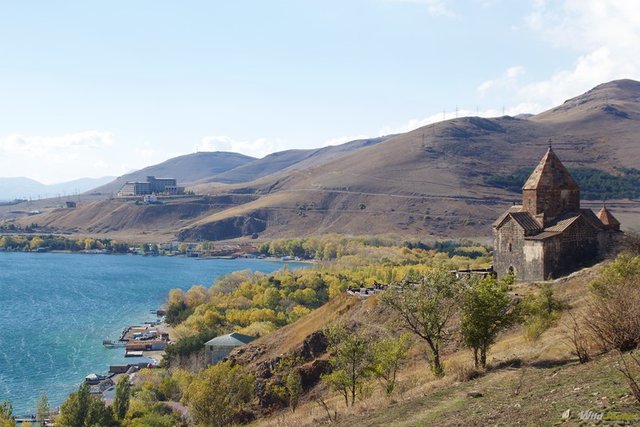
Image courtesy of James Price (Wild Caucaus)
In Azerbaijan, Ayaz Mutalibov, leader under the Communists, became president, remaining in that position until May 18, 1992, when Isa Gambarov took over as acting president. On June 16, 1992, Abulfez Elchibey became president, being replaced on June 24, 1993, by Heydar Aliyev, who was acting president until September 1, when he became president in his own right. The former Soviet politician Aliyev started to exploit the oil reserves of the country. He managed to reduce unemployment and establish closer relations with Turkey.
As he was dying, on October 15, 2003, his son, Ilham Aliyev, won the presidential election, for which he was the only candidate, and was sworn in as president 16 days later. In 1994 Azerbaijan became a member of the NATO Partnership for Peace, allying itself closely with the West, and since 2001 has been a member of the Council of Europe. In 2004 Azerbaijan joined the NATO Individual Partnership Action Plan.
Nearly 99 percent of the 94 percent who voted in the 1991 referendum supported independence for Armenia. It became an independent country later that year but suffered greatly from a blockade by Azerbaijan. This was made worse when Turkey also blockaded the country in April 1993 after Armenian forces launched a military offensive against Azerbaijan.
As Azerbaijan sought closer ties with the West, Armenia sought more engagement with the Russian Federation. Through intermediaries from the Organization for Security and Cooperation in Europe (OSCE), there has been an end to fighting in Nagorno-Karabakh, although there has been much political ferment with increasing unemployment and some 600,000 people leaving the country between 1992 and 1998.
Robert Kocharyan became acting president when Levon Ter-Petrosyan stepped down and has been president from April 9, 1998. During his time in office, there has been increasing dissatisfaction with the authoritarian way in which the country has been run, with dissidents being jailed and opposition parties banned.
With economic problems plaguing the country, there has been the emergence of the Union of Right-Wing Forces that was founded in Yerevan on May 29, 2000. On March 21, 2002, at the Permanent Council meeting of the OSCE, Armenia once again reiterated its claims to Nagorno-Karabakh, with both governments determined on a peaceful solution.
However in recent years, there are fears the situation could again spiral out of control and, with more sophisticated weaponry available to both sides - such as rockets systems that are capable to hit both capitals of Azerbaijan and Armenia, further clashes could mean a return to war. And this is a conflict which has the danger of pulling in major regional powers. That would mean Nato-member Turkey on one side and Russia on the other. And with Iran next door, and the region a crucial source of oil and gas for Europe, all-out fighting would have serious implications.
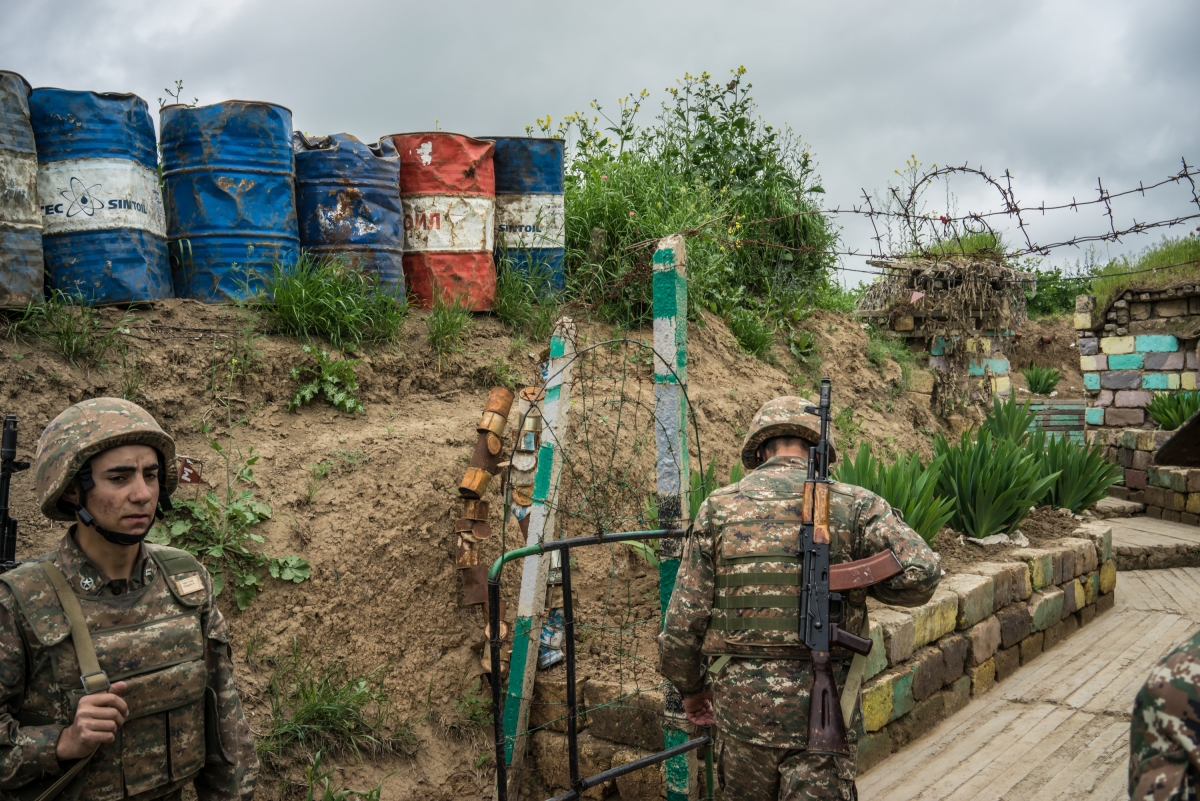
really great blog and am now happy to support you with following
Yes, agree, very interesting